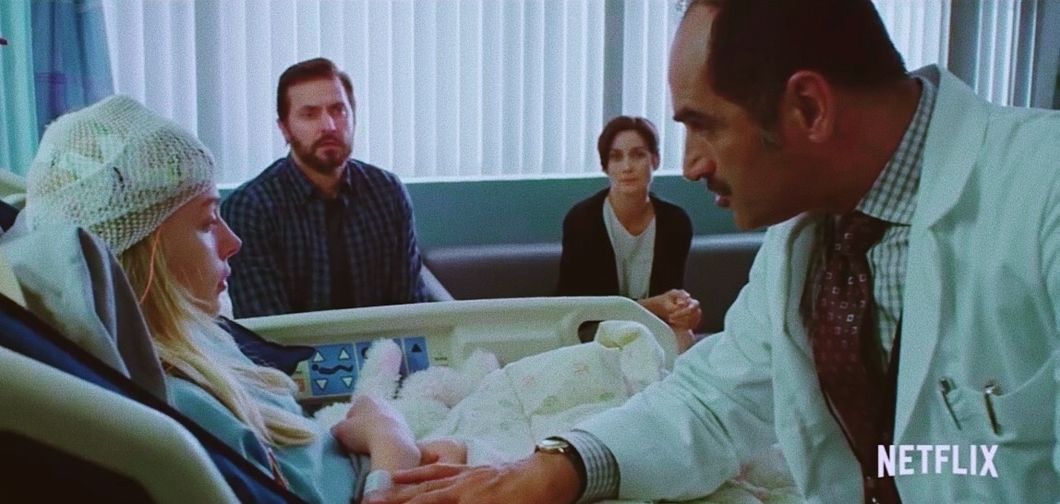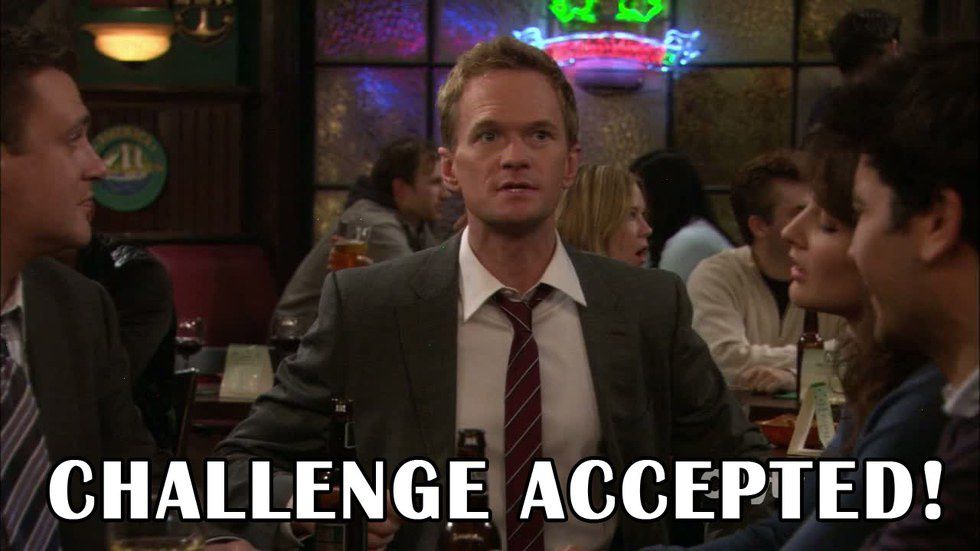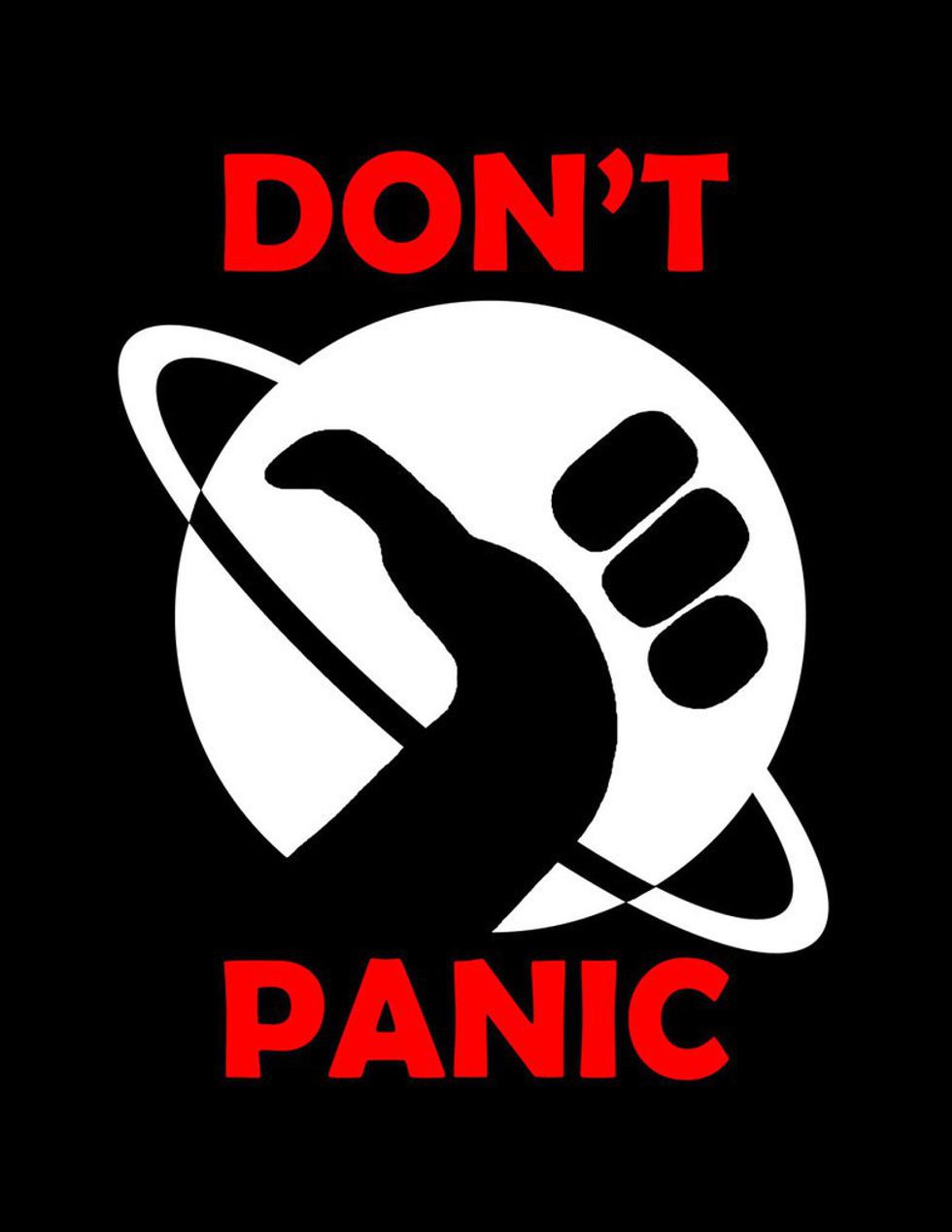"Brain on Fire" told the story of Susannah Cahalan, a young, talented reporter for the New York Post. At some point, she began feeling strangely ill. Initially, all she had was a cough and some headaches, but as her condition worsened, symptoms like hearing high-pitched ringing, hallucinating, and having seizures also occurred. Susannah visited doctor after doctor for answers, but most of them waved it off as something either minor or untreatable. Her condition reached a debilitating state, and soon enough, she was hospitalized. It was only out of luck that a doctor came to her with the answers she needed.
1. In this case, no curiosity could kill the cat
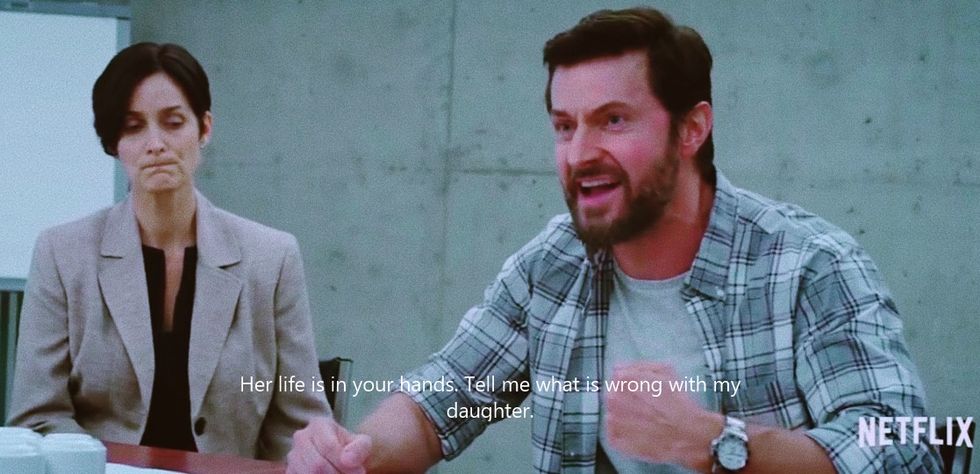
Netflix
Although it's in the job description for a doctor to be able to diagnose us and send us out the door feeling all better, that's obviously not always the case. Sometimes doctors misdiagnose, they miss clues, or some may think they know everything and still miss the entire picture. It's a stressful career to go into with the pressure of your patients' lives and health on your shoulders, but it should also be taken seriously and with much consideration for the patient's well-being.
That's why, sometimes, you really just have to take matters into your own hands and keep pushing doctors to do more when you have a strong hunch that something isn't right. Susannah and her family stopped at nothing until a doctor with their same persistence came into the picture and was totally determined to treat her. Healthcare providers and families alike will benefit more if they don't just settle with the simplest explanation when there is even a sliver of doubt concerning the patient. As said by every teacher I've ever had, there is no harm in asking questions.
2. If you have the money, you get the tests, scans, treatment, etc.
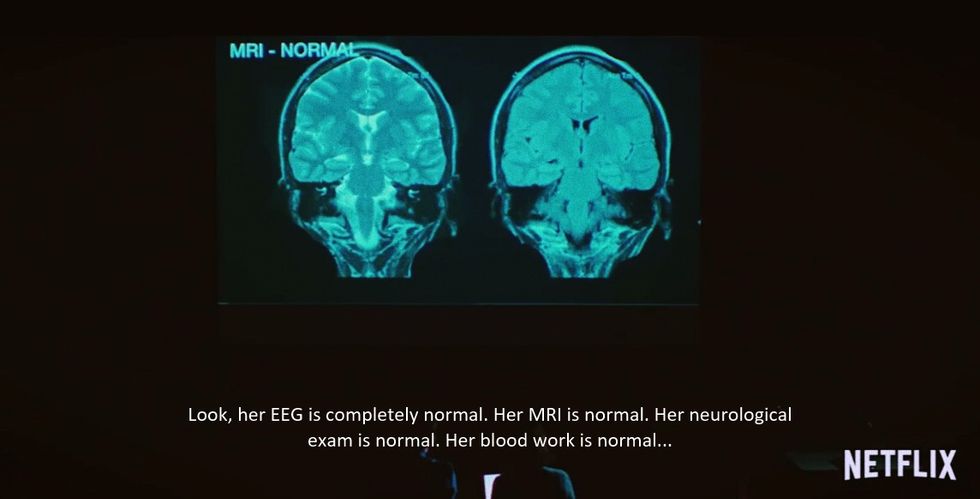
Netflix
It was never explicitly said in the movie that Susannah and her family were financially well-off. However, the movie did well to expose the homes of her parents, the clothes they wore, the technology they all owned, etc. Basically, they were far from being poor, and this is enough explanation for how they were able to cooperatively afford everything Susannah went through.
This is a no-brainer that those who can afford the tests, scans, and treatments will get them. It's really just a sad reality to accept that not everyone is blessed with the resources to simply have their health checked and cared for. While some are able to pay everything off in a heartbeat, some can't even work around getting into clinics, let alone pay for or actually have health insurance.
3. Prescribed drugs seem to be the first step for everything
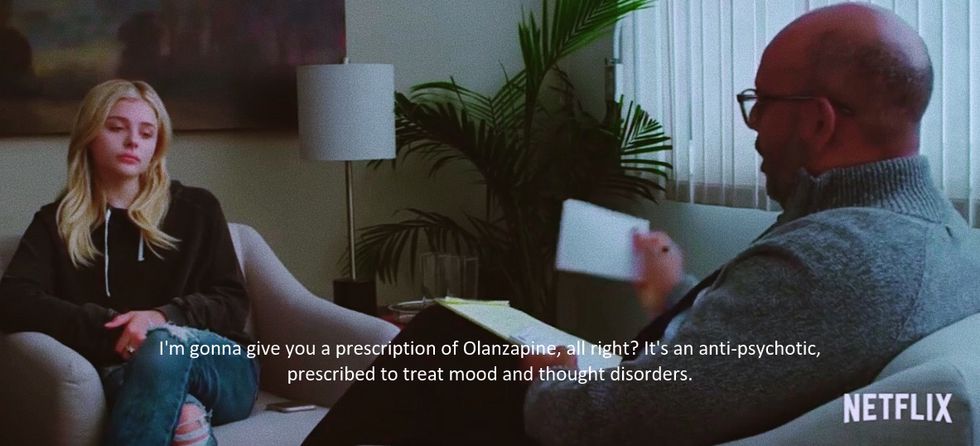
Netflix
This movie kind of reminded me of when my family first discovered I had abnormally high cholesterol. Just like how Susannah's doctors were so quick to put her on anti-psychotics with little regard to safer treatments, my doctor so easily mentioned putting me on statins only after the first few check-ups and blood tests. My mother and I turned them down after researching the many side effects of statins. We were going to do this the hard way.
We found a specialist who decided to drastically change my diet. I was put on garlic vitamins to naturally improve my blood lipid levels. I exercised more, kept better track of what I ate, and suffered watching friends eat my favorite fried foods when I couldn't. It was definitely more exhausting than taking the statins would have been, yet I regret nothing because my cholesterol still went down to a normal level in only a few months. I'm happy we committed to this method because just as Susannah said about her anti-psychotics, those statins might as well be poison ready to kill me.
So, what more can we do for our patients? Have we exhausted every option? How can we make healthcare more accessible to the public? Should prescription drugs and medications be used as go-to methods for treatment? As simple as these questions seem, the solutions for them will come with time. Rarely anything is easy when it concerns another person's life and well-being, but at least putting these questions out there will better ease us into starting a discussion. Hopefully, as the discussion grows, change will grow closer and closer to finally happening.

